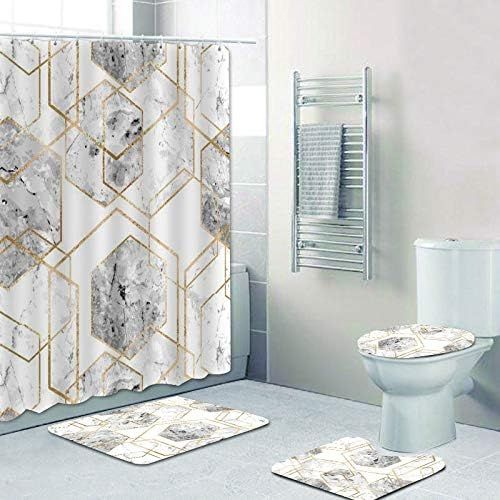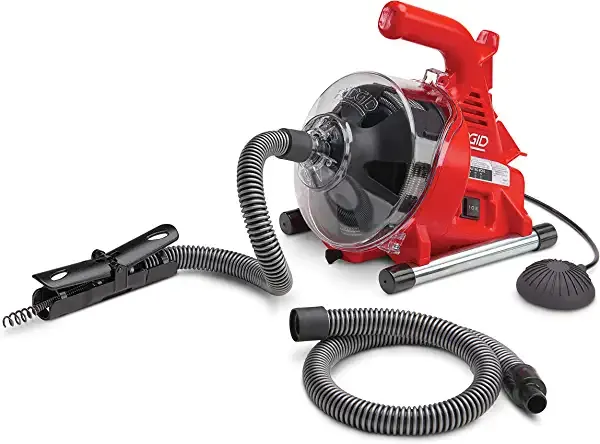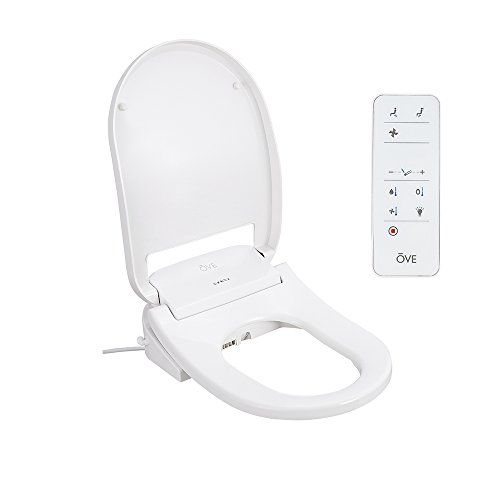How To Clear A Clogged Camper Toilet of 2025
Struggling with how to clear a clogged camper toilet on your adventurous trip? Our detailed guide walks you through the best methods to unclog your camper toilet swiftly, making your journey stress-free. Say goodbye to bothersome bathroom mishaps and welcome smoother road trips. Dive in to get back on track with your memorable camping escapade.
Clearing a clogged camper toilet involves understanding the nature of the blockage, having the right tools, maintaining the tank, and using suitable cleaning agents. First, identifying the type of clog is crucial as it determines the method to be used. Second, having essential unclogging tools such as plungers and snake augers at your disposal is necessary. Regular maintenance and inspection of the tank can prevent future clogs. Lastly, the correct use of safe and effective cleaning agents can resolve and prevent issues.
Experiencing a clogged camper toilet while on a trip can be a nightmare. It's not just about the unpleasant smell, it's the inconvenience and the potential damage it can cause to your vehicle. The good news is, there are effective methods to clear a clogged camper toilet and preventive measures to keep it from happening again. Let's dive in and find out how to tackle this problem.
Understanding the Problem
Firstly, it's essential to identify the reason behind the clogging. Generally, the clog can occur due to inappropriate or excessive use of toilet paper, dumping of solid items, or the buildup of waste if the toilet hasn't been cleaned for a while. These obstructions prevent the waste from moving to the storage tank, leading to a blockage in the toilet system.
What You Will Need
Before you start the unclogging process, ensure you have all the necessary tools. Here's a list:
- Rubber gloves
- Plunger or a toilet snake
- Bio-enzymatic RV toilet treatment
- A bucket of warm water
- Soft scrubbing brush
Clearing a Clogged Camper Toilet: Step-by-Step Guide
Step 1: Put on Your Gloves
Put on your rubber gloves to ensure safety and hygiene. Cleaning a clogged toilet can be a messy job, so it's always better to be prepared.
Step 2: Use a Plunger or Toilet Snake
Most clogs can be cleared by using a plunger. Place the plunger over the toilet hole and push it up and down vigorously. The suction should help dislodge the clog. If a plunger isn't effective, try using a toilet snake. It's a flexible tool that can reach deeper into the pipes to break up the blockage.
Step 3: Pour Warm Water
If the clog is stubborn and the above steps didn't work, try pouring a bucket of warm (not boiling) water into the toilet. This can help soften the waste material, making it easier to unclog.
Step 4: Use Bio-Enzymatic Treatment
You can use bio-enzymatic treatments specifically designed for camper toilets. These treatments contain bacteria and enzymes that break down the waste and toilet paper, helping to clear the clog.
Step 5: Scrub the Toilet
Once the clog is cleared, it's time to clean the toilet. Use a soft scrubbing brush and a suitable cleaning agent to clean the toilet bowl.
Maintenance and Prevention Tips
Here are some tips to prevent future clogs:
- Use RV Toilet Paper: RV toilet paper is specifically designed to dissolve quickly, preventing any potential clogs.
- Regularly Empty and Clean the Tank: Regular emptying and cleaning of your waste tank can prevent buildup, reducing the chances of a clog.
- Use Enough Water: Proper flushing with enough water can ensure the waste and toilet paper move smoothly into the tank.
- Avoid Dropping Solid Items: Ensure nothing solid goes into the toilet, as it can easily lead to clogs.
In conclusion, although a clogged camper toilet can be a significant inconvenience, it's often an issue you can resolve by yourself. By understanding the problem, using the right tools and methods, and practicing proper maintenance and prevention, you can enjoy a smooth, clog-free camping experience. Keep in mind, however, that if the clog persists after multiple attempts at clearing it, it might be time to consult a professional to avoid causing further damage to your RV's plumbing system.











.jpg)








